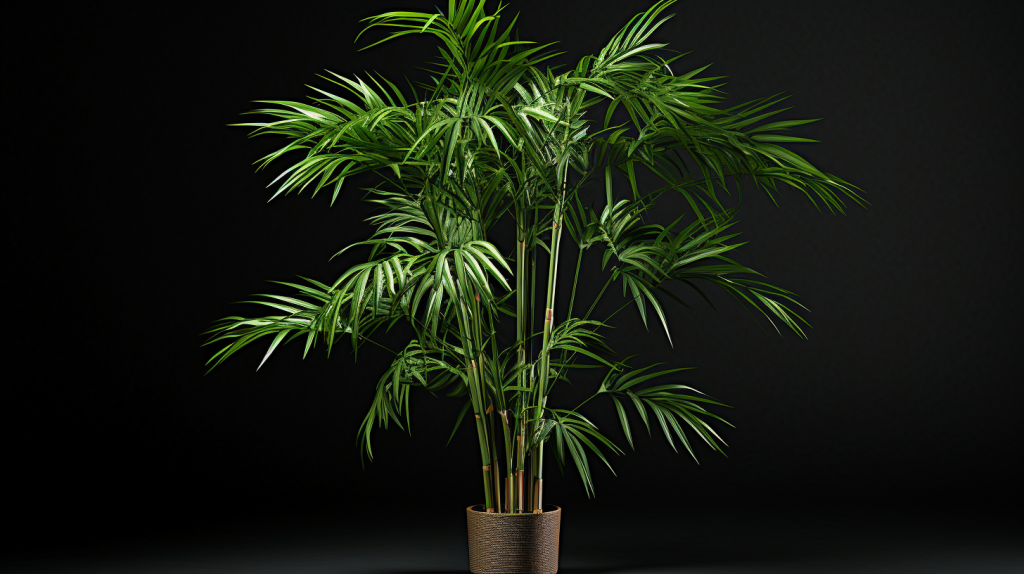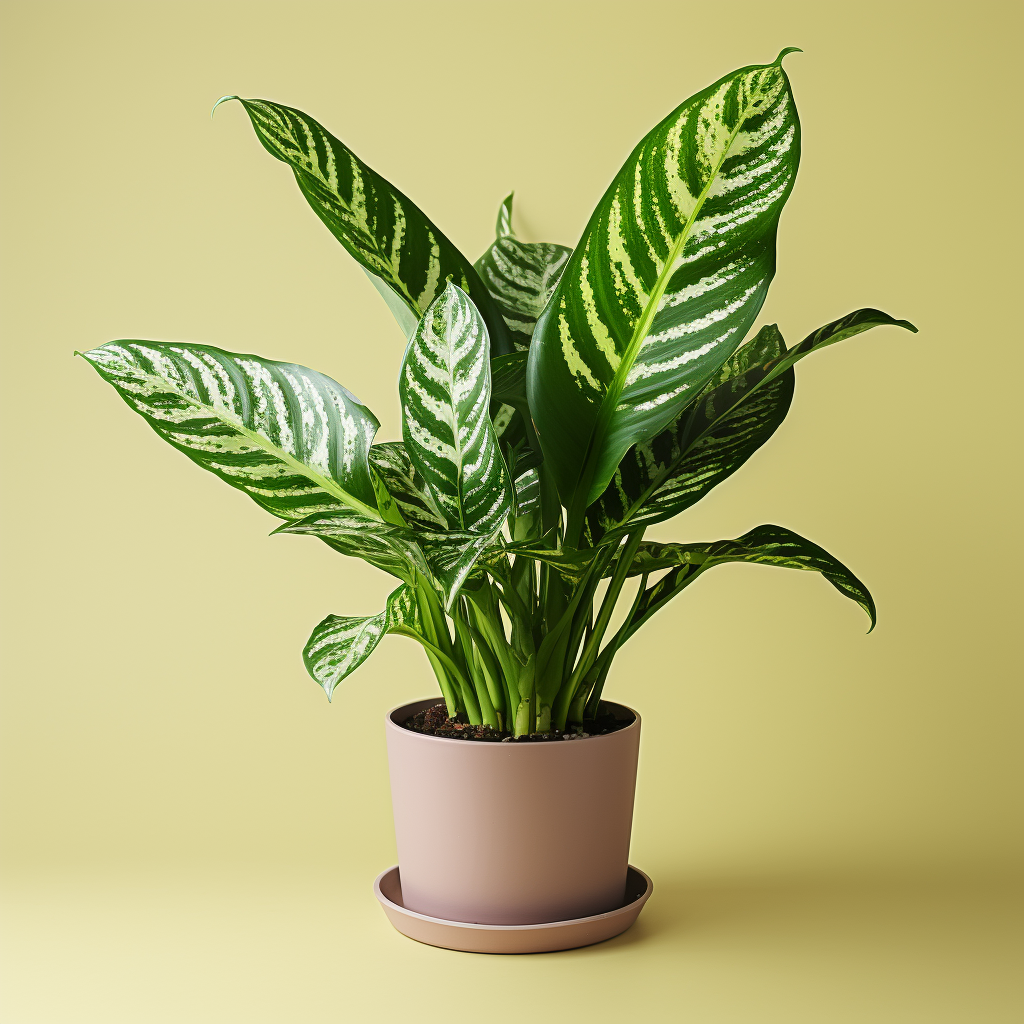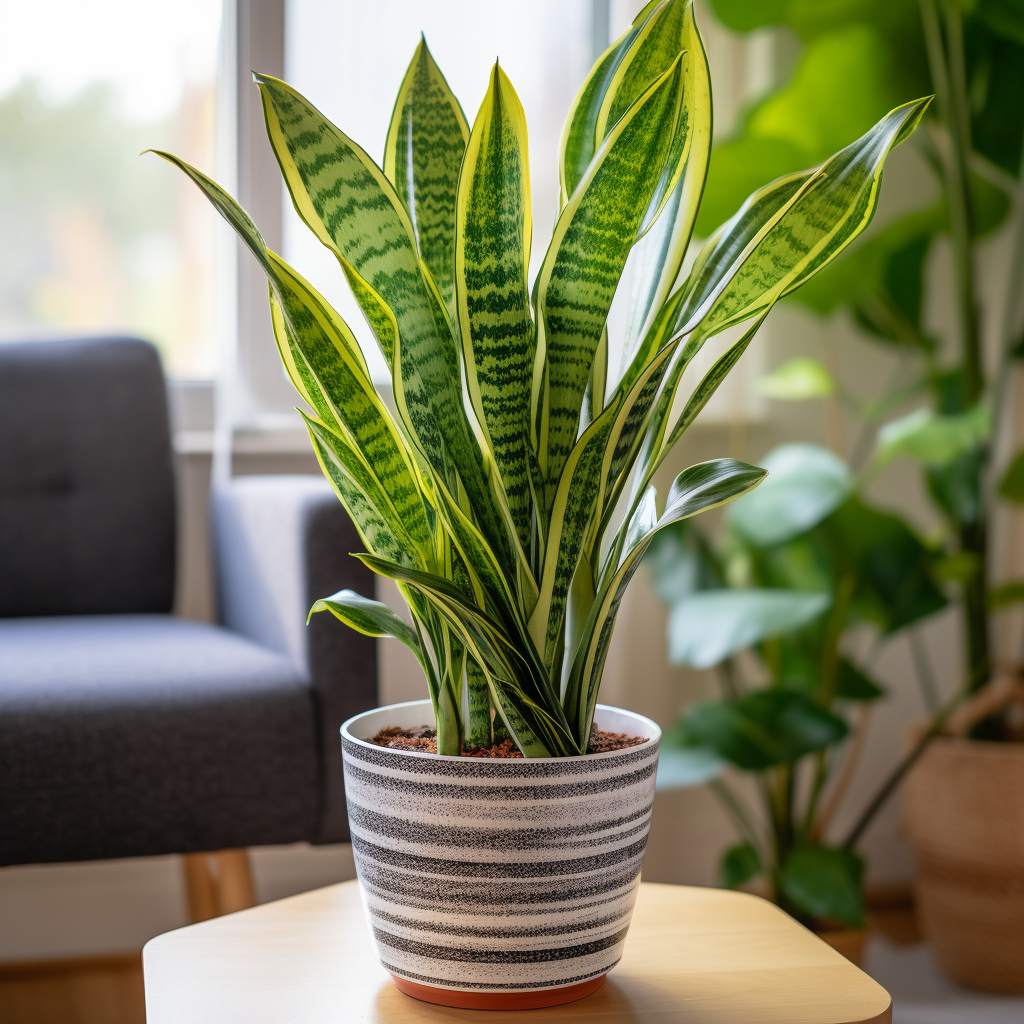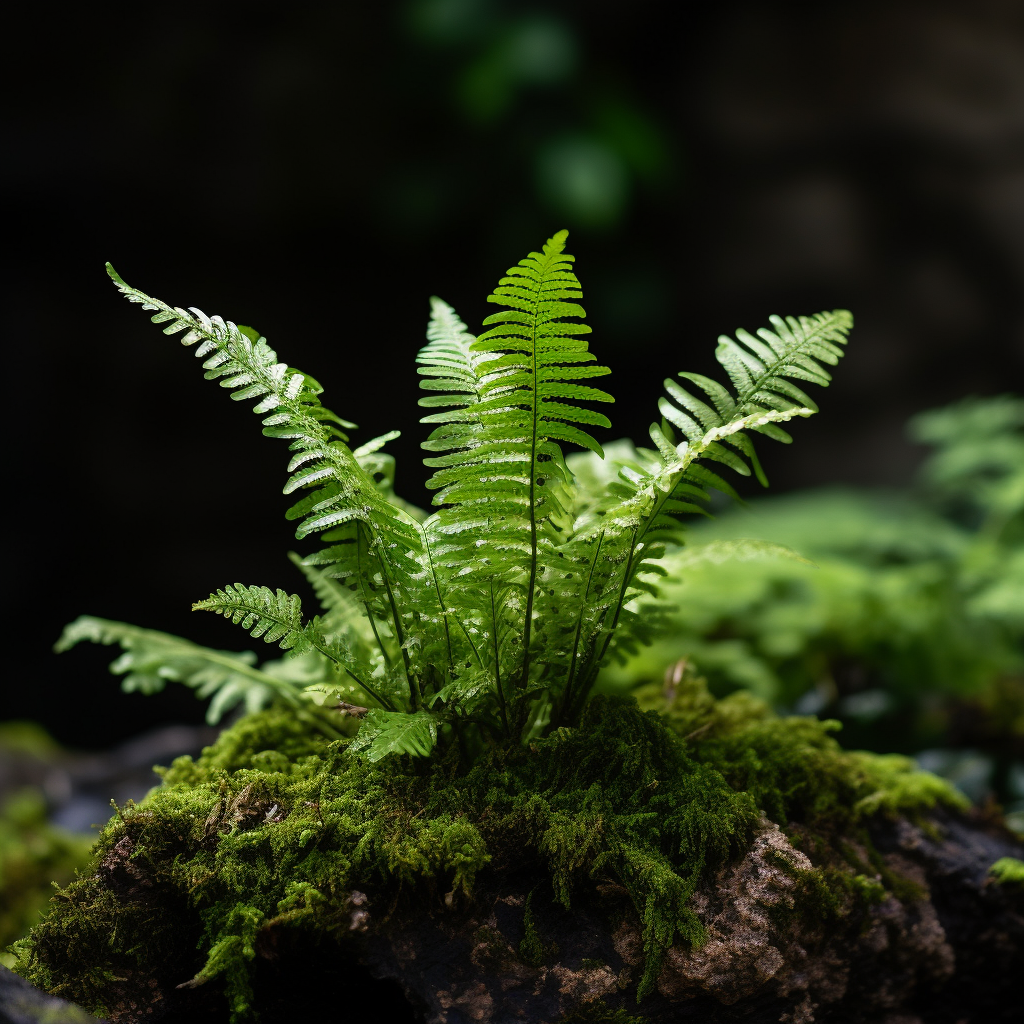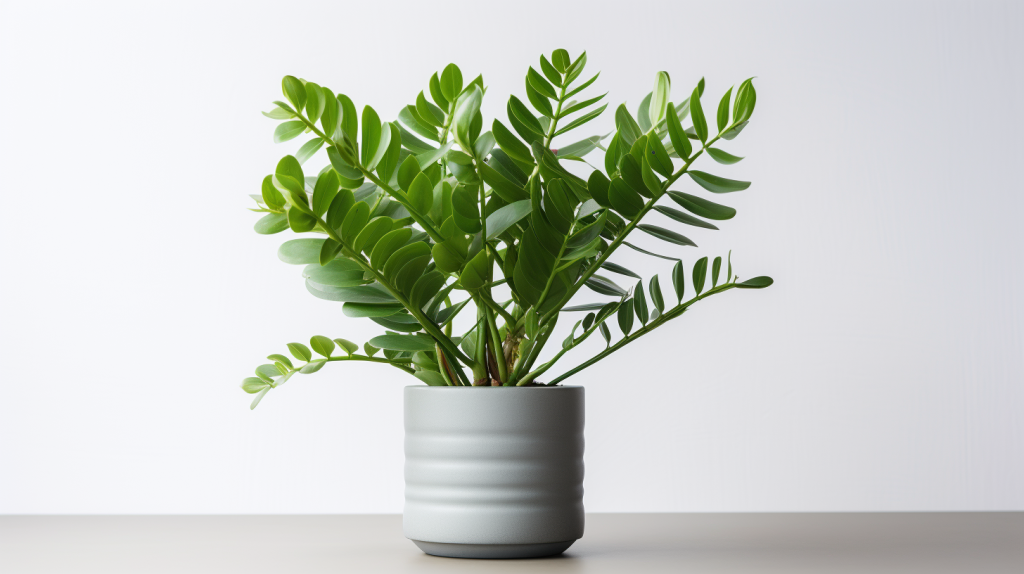Bamboo Palm, scientifically known as Chamaedorea Seifrizii, is a fascinating plant species with a rich heritage and unique characteristics. By the end of this article, you’ll have a comprehensive understanding of this plant, from its appearance to its care instructions.
What is the Bamboo Palm?
The Bamboo Palm, originating from Central and South America, is a popular houseplant globally for its adaptability and distinctive aesthetics. It belongs to the Arecaceae family, commonly known as palm trees. Loved for its bamboo-like stems and lush, feathered fronds, the Bamboo Palm is a regular feature in both home and office settings.
Description Of Bamboo Palm
Bamboo Palm stands out for its unique, multi-stemmed growth pattern, which resembles a clump of bamboo shoots. These plants can grow between 4 to 12 feet in height, depending on their growing conditions. Their leaves are pinnate, meaning they have leaflets extending from a central stem, giving them a feathery appearance.
What Does The Bamboo Palm Look Like?
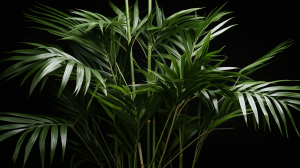
Visually, the Bamboo Palm is a feast for the eyes. Its slender, bamboo-like canes are green and reed-thin, growing in dense clusters. They support the wide, feathery fronds, which are a vibrant, glossy green and can extend up to 3 feet long, providing a striking contrast to the slender stems.
Bamboo Palm Flowering
An exciting aspect of the Bamboo Palm is its flowering. The plant blooms small, inconspicuous yellow-orange flowers, which later produce small black fruits. However, these flowers and fruits are generally more common in mature plants growing outdoors and are a rare sight in indoor settings.
Displaying Bamboo Palm
Displaying a Bamboo Palm is an art in itself. Given its tall and slender growth pattern, it’s an excellent choice for filling narrow spaces. They thrive in medium to bright indirect light, making them a versatile plant that can suit various indoor locations, from a sunny corner in your living room to your office space.
Is The Bamboo Palm Poisonous?
One significant advantage of the Bamboo Palm is its safety around pets. Unlike many houseplants, Bamboo Palms are non-toxic to both cats and dogs, according to the ASPCA. Therefore, you can have peace of mind even if your furry friend decides to nibble on the plant.
Bamboo Palm Facts
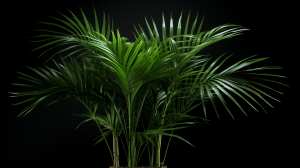
Below is a table summarizing essential facts about the Bamboo Palm:
| Botanical Name | Chamaedorea Seifrizii |
|---|---|
| Common Names | Bamboo Palm, Reed Palm |
| Origin | Central and South America |
| Growth | Multi-stemmed, 4-12 feet |
| Light Requirements | Medium to bright indirect light |
| Toxicity | Non-toxic to cats and dogs |
Caring For Bamboo Palm
Bamboo Palm care revolves around understanding the plant’s tropical origins. It loves humidity, so regular misting is a must. The plant prefers medium to bright indirect light and well-draining soil. It’s also important to water the plant consistently but ensure you don’t overwater it.
Here’s a table of care instructions for the Bamboo Palm:
| Light | Medium to bright indirect light |
|---|---|
| Water | Keep soil consistently moist but avoid waterlogging |
| Humidity | High; regular misting is beneficial |
| Soil | Well-draining soil |
| Temperature | Prefers warm temperatures between 65-80°F (18-27°C) |
Common Problems
Common problems associated with Bamboo Palm include yellowing leaves due to overwatering, brown leaf tips from low humidity, and pest infestations such as spider mites and mealybugs. Most of these issues can be rectified by adjusting the plant’s care routine and maintaining a clean environment.
Frequently Asked Questions
- How often should I water my Bamboo Palm? Consistent watering is key. The soil should be kept moist but not waterlogged.
- Can Bamboo Palm tolerate low light? While it can survive in low light, it prefers medium to bright indirect light for optimal growth.
- Is Bamboo Palm safe for pets? Yes, it’s non-toxic to both cats and dogs.
- Why are the tips of my Bamboo Palm turning brown? This could be due to low humidity. Regular misting can help combat this problem.
- Can I grow Bamboo Palm outdoors? Yes, but it’s best in regions with a tropical or subtropical climate.
Conclusion
In conclusion, the Bamboo Palm is a remarkable plant, both for its striking aesthetics and ease of care. Not only does it elevate the aesthetics of any space it inhabits, but it also brings a piece of the tropical forest into your home. With adequate care, your Bamboo Palm can thrive, providing you with lush green foliage and an undeniable sense of tranquility.
References

